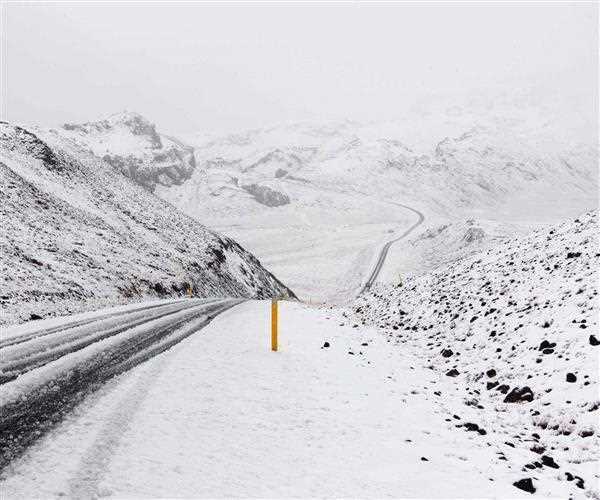The UK is famous for its mild weather, but in recent years, this is beginning to feel like a distant memory. The period of extreme weather during 2018 - when the nation was hit by the Beast from the East snowstorm, which preceded one of the hottest summers ever recorded – has made it difficult to know what to expect. Scientists at UCL have predicted another extreme winter in 2019 using their long-range weather forecasting technology. According to their hypothesis, the average temperature in the UK will fall to 0.5 degrees lower than in previous cold years – some have even predicted that it will be the coldest winter in ten years. It is becoming increasingly difficult to ignore the reality of climate change, but it isn’t just snow that we have to watch out for – flooding and heatwaves have also become a persistent problem over the years. So, how will British infrastructure hold up in the face of extreme weather?
Freezing winters
If we’re going to take on the coldest winter on record in 2019, our infrastructure needs to be ready. During the harsh winters of recent years, the UK transport system has faced extreme difficulties. From icy roads to exposed direct current indicators and flashover faults, the cold weather can cause severe damage.
As a result of this, a cold weather plan has been established so that people will know how best to prepare for the freezing temperatures. Local authorities are now better equipped than ever to grit roads and prevent black ice as a result of this. For the transport sector, forward planning is key. Transport planning advice plays a major part in ensuring that infrastructure schemes take into account all environmental considerations at the design stage to help to mitigate risks.
Flooding
As we’ve seen over the years, the UK is simply not well equipped when it comes to flooding preparations. Another direct result of global warming, floods are becoming more and more common in the UK, and the Environmental Agency has told flood planners to “prepare for the worst”. In a recent consultation on flood strategy, the agency claimed that “for every person who suffers flooding, about 16 more are affected by loss of services such as power, transport and telecommunications.” Evidently, the UK’s infrastructure needs to keep improving, as floods are only going to worsen in the future.
All public infrastructures will need to be made flood resistant by 2050 according to the Environmental Agency. We also need to start considering the long-term rather than the immediate future. As part of this advice, they encouraged people to start considering potential flooding while building new homes, rather than just reacting to the damage when it occurs. When constructing something new, whether in the public or private sector, a flood risk assessment should always be carried out. These assessments identify flood mitigation measures and provide advice on what actions should be taken in the event of a flood.
Hot summers
A very hot summer is usually a rarity in the UK. But in recent years, the temperature has been on the rise and these pockets of sun seem more common. Although we love the opportunity to get outside, the hot and dry weather actually has a damaging effect on our infrastructure. Dry weather is a major contributor to cracks and potholes in roads, which can cause serious problems for drivers. In addition, heatwaves can cause railway systems to overheat, as the temperature of steel rails can reach 20 degrees higher than the air around them. Therefore, consistent temperatures of 30 or even 40 degrees could lead to extreme over-heating of rail tracks. As a result, the metal on the tracks will expand, which puts them at risk of buckling. In extreme circumstances, this could derail trains.
Hot weather can also cause electrical lines to expand and sag. This is yet another factor that could cause serious disruptions to train services, and the lines might even be pulled down. The only way that the rail systems can combat these dangers is to impose more severe speed restrictions. Although this may cause delays over hot periods, it is the safest way for the transport system to operate.




Leave Comment